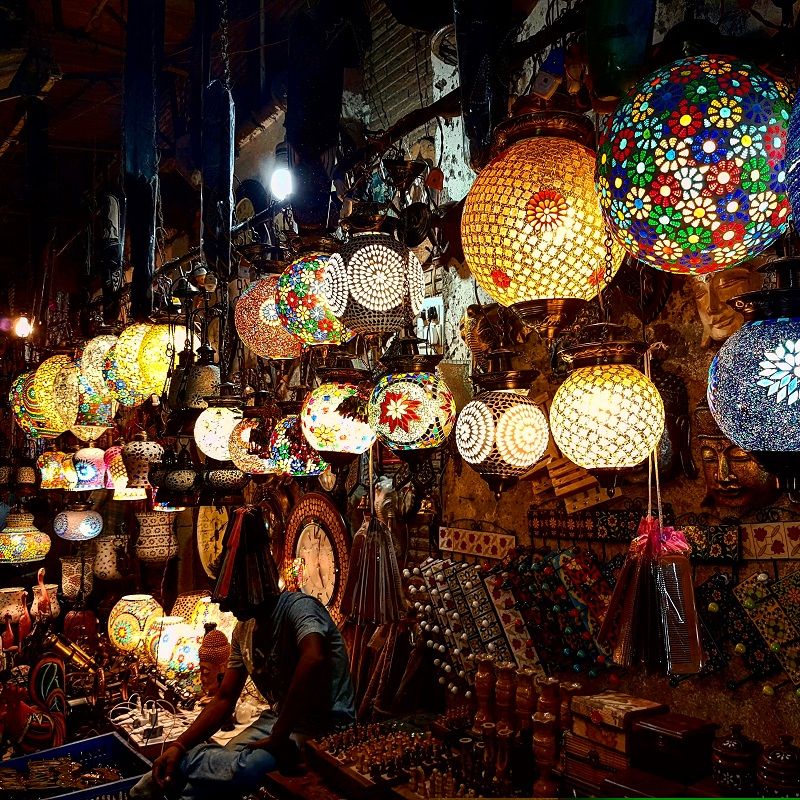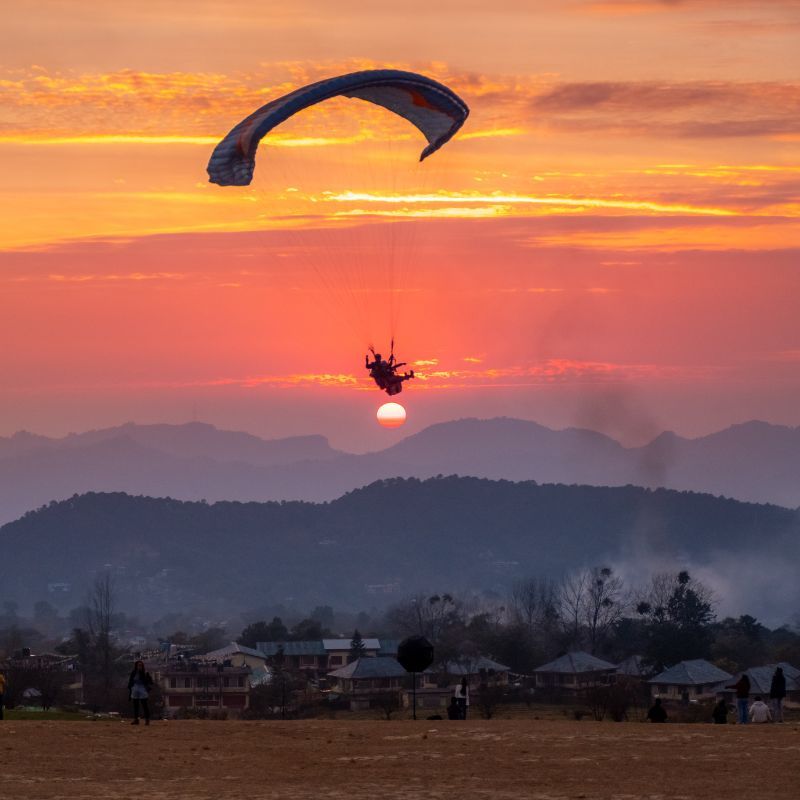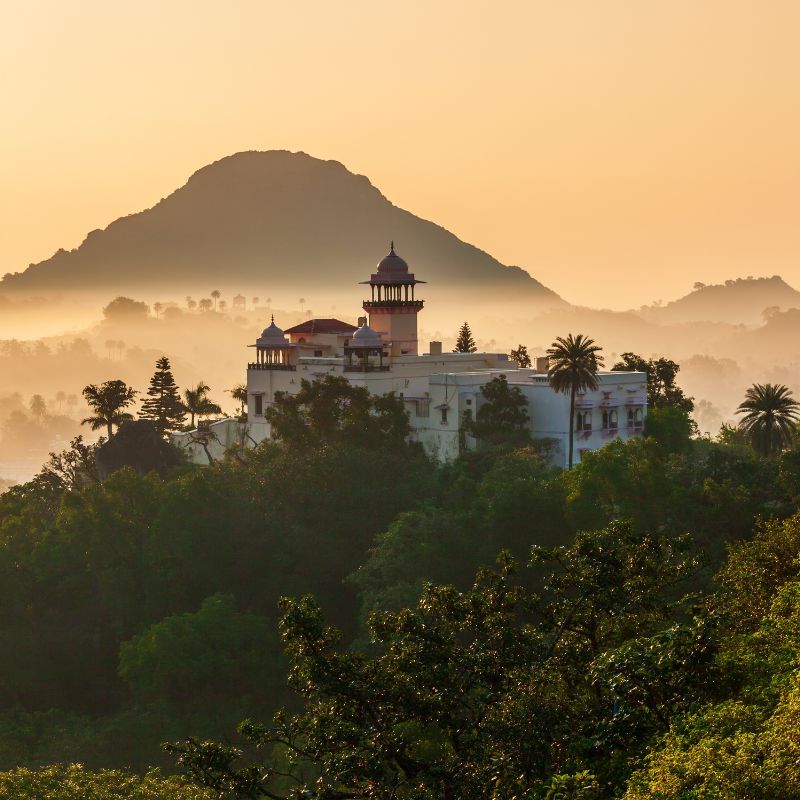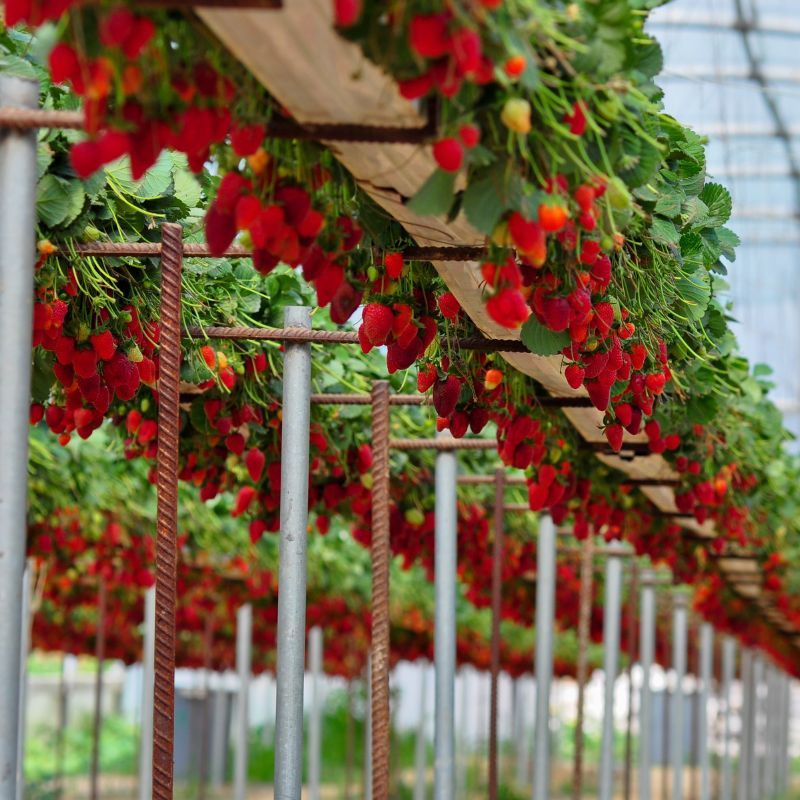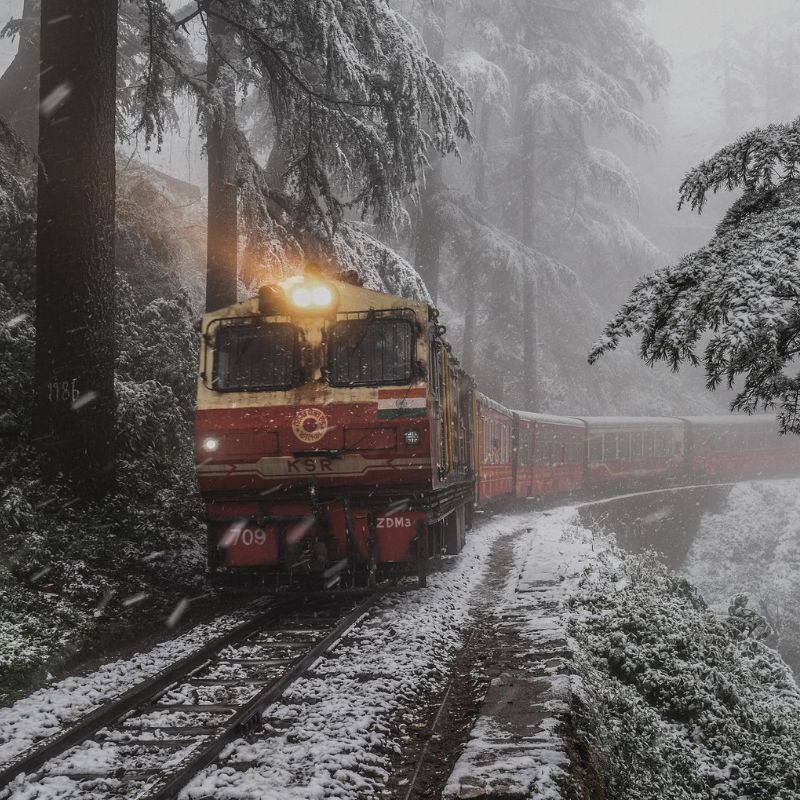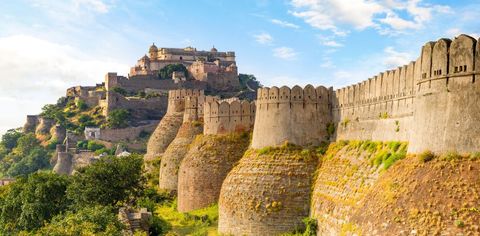
The Hill Forts of Rajasthan were identified as a UNESCO acclaimed World Heritage Site in 2013. These historic forts tell a great deal about Rajasthan’s military architecture between the 8th and 18th centuries. Here, we feature some of the most beautiful forts in Rajasthan. By Karan Kaushik
These majestic citadels are also reminiscent of the glorious past of the Rajput princely states and their political importance. From excellent fort planning to incredible art and architecture of medieval times, these forts represent the built heritage of Rajasthan. These forts are located around lush hills, rivers, deserts, and forests, all of which made for great natural defences to keep invaders at bay. What’s common between these forts is that they all feature elaborate water harvesting structures, which are used even today.
According to UNESCO, the series of these six mammoth hill forts in Rajasthan are “architectural manifestations of Rajput valour, bravery, feudalism, and cultural traditions.” These forts not only protected the military forces of the erstwhile rulers, but also boast beautiful temples, palatial structures, and urban centres. They played a great role in enriching the cultural traditions of the royal clans. These hill forts stand as a testament to the royal patronage of religion, arts, and literature.
6 Hill Forts in Rajasthan every history buff must visit
Chittorgarh Fort, Chittorgarh
View this post on Instagram
The beautiful city of Mewar Chittorgarh served as the capital of the Sisodia dynasty. The fort at Chittorgarh was targeted during three sieges. It is closely associated with the venerable history of Rajputs and folklore.
What lends this fort its unique identity among all historic forts in India, is the fact that one can find a large number and variety of architectural ruins from the period between the 8th and 16th centuries. Its scale and monumentality remain unmatched. The 700-acre fort echoes fascinating stories from a time gone by.
It is said that the fort used to house as many as 70,000 people in its heyday. Visit the fort for its magnificent Hindu and Jain temples, and the iconic Vijay Stambh and Kirti Stambh. The Kumbha Palace is also a prime attraction. So is the Fateh Prakash Palace Museum.
Kumbhalgarh Fort, Rajsamand
View this post on Instagram
One of the most beautiful forts in India, Kumbalgarh prides itself on having the world’s second-largest wall. Encompassed by the Aravali hills, this fort in southern Rajasthan speaks volumes about Rajasthan’s incredible military prowess and courage.
Perched at a height of 3,600 ft, the fort is established on what historians opine is the world’s most ancient rock. The Kumbhalgarh Fort was built by King Ashoka’s grandson Samprat in the 3rd century BCE. Later, it served as the base of Maharana Hameer, who started the Sisodia rule in Mewar after the Rawals lost their hold on the fort.
However, the credit for building the fort into what it is today goes to Rana Kumbha, who used this fort as a second line of defence to his capital Chittorgarh in 1448. It is said that only Mahmud Khalji and Sultan Qutubuddin were able to penetrate the fort.
Ranthambore Fort, Sawai Madhopur
View this post on Instagram
Located within the Ranthambore National Park, the Ranthambore Fort is an example of a forest hill fort. The remains of the palace of Hammir in the fort are one of the oldest surviving structures of an Indian palace.
It is said that the fort dates to the 8th century A.D. Its construction began during the reign of Chauhan Rajput ruler Sapaldaksha in 944 A.D. Some historians also believe that the fort was constructed by King Jayant, another Chauhan Rajput ruler, in 1110 A.D.
The fort was breached by several Mewar rulers. It was ruled by Rana Hammir Singh, Rana Kumbha, and Rana Sanga between the 14th and 16th centuries.
Jaisalmer Fort, Jaisalmer
View this post on Instagram
Did you know that the Jaisalmer Fort is the only living fort in India today? The golden-hued sandstone fort perched against the sandy landscape of Jaisalmer is truly a sight to behold. Inside the fort, you’ll find turbaned men selling handicrafts and all things Rajasthani.
The fort still houses many families and introduces you to the history of the Rawals of Jaisalmer. The fort’s central courtyard is called Dussehra Chowk. Other prominent spots in the fort are Rajmahal and Hawapol. The ramparts and bastions of the fort narrate the military might of the rulers of Jaisalmer.
The fort’s construction was started by Rawal Jaisal, after whom the town was named. The rulers after him added to the fort. It is an example of a hill fort in desert terrain. It also features majestic Jain temples and opulent havelis.
Gagron Fort, Jhalawar
View this post on Instagram
One of the most underrated and unexplored forts in Rajasthan, the Gagron Fort in Jhalawar stands at the junction of the Kali Sindh and Ahu rivers. These rivers served as the natural defence mechanism of the fort in the yesteryears. The fort is the only fort in India that is both water-protected (jal durg) and forest-protected (van durg). The fort has been witness to 14 gruesome battles.
Interestingly, ruler Alauddin Khilji, the then ruler of Delhi tried to conquer the fort for 11 years but couldn’t. Eventually, the fort was breached by Mughal ruler Akbar in 1561, following which, the Mughals held it till 1715. The fort was later presented to Bhim Singh of Kota by Aurangzeb.
The fort served as a retreat fort for Jhala Zalim Singh, an administrator, reformer, and army commander of Kota state. The fort provides stunning views of the lush surrounding, especially during the monsoons when the hills are covered in a thick layer of green.
Amber Fort, Jaipur
View this post on Instagram
Also known as Amer, Amber used to be the capital of the Kachhwaha dynasty for a long period of 700 years. The stunning Amber Fort, one of the most popular heritage sites in India, was constructed in 1592 by Maharaja Man Singh. His successors added beautiful structures to the fort. Surrounded by lush hills, the fort overlooks the tranquil Maota Lake.
Popular attractions at the Amber Fort include Diwan-i-Aam, which was made using sandstone, the gorgeous Ganesh Pol, Sukh Niwas, Jas Mandir, Jai Mahal, and Sheesh Mahal. The fort is also known for its amazing sound and light show, which continues to be a major draw for visitors.
The breathtaking son-et-lumière narrates the rich history of the 28 Kachwaha rulers that called Amber their capital. The show makes great use of Rajasthani folk music and multi-coloured lights that aptly represent the vibrant state.
Related: Interesting And Bone-Chilling Facts About Bhangarh Fort, The Most Haunted Place In India


